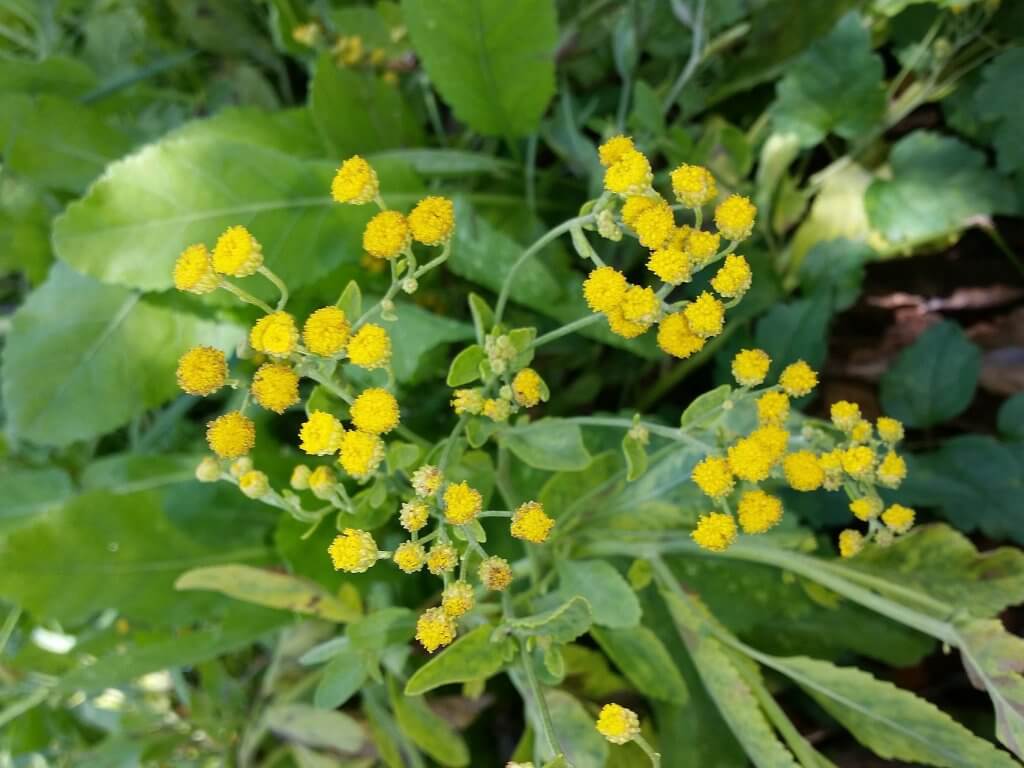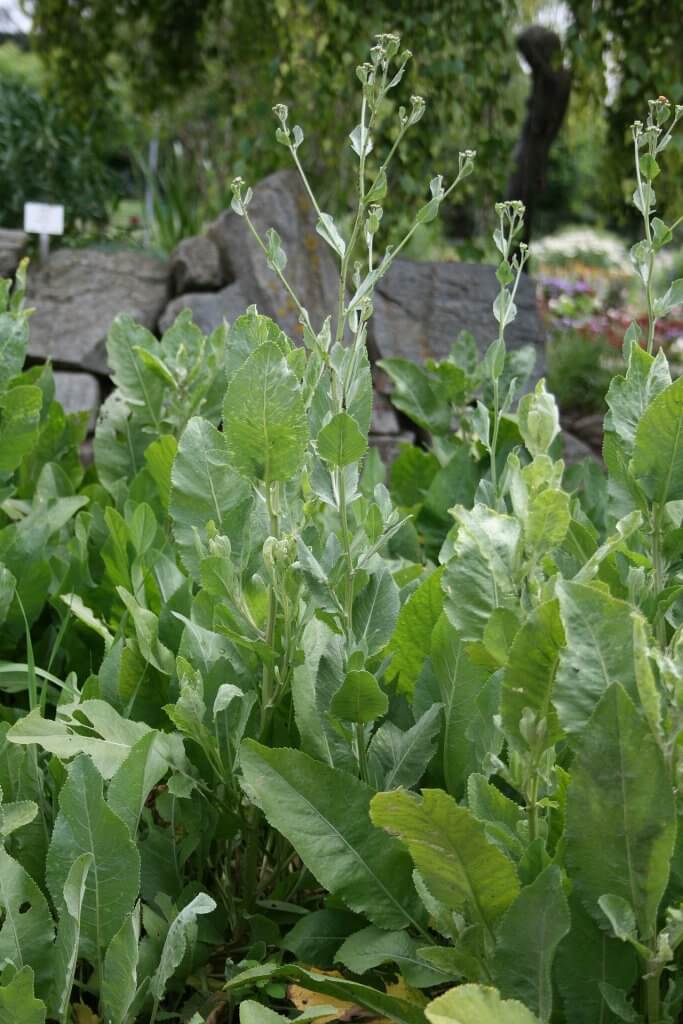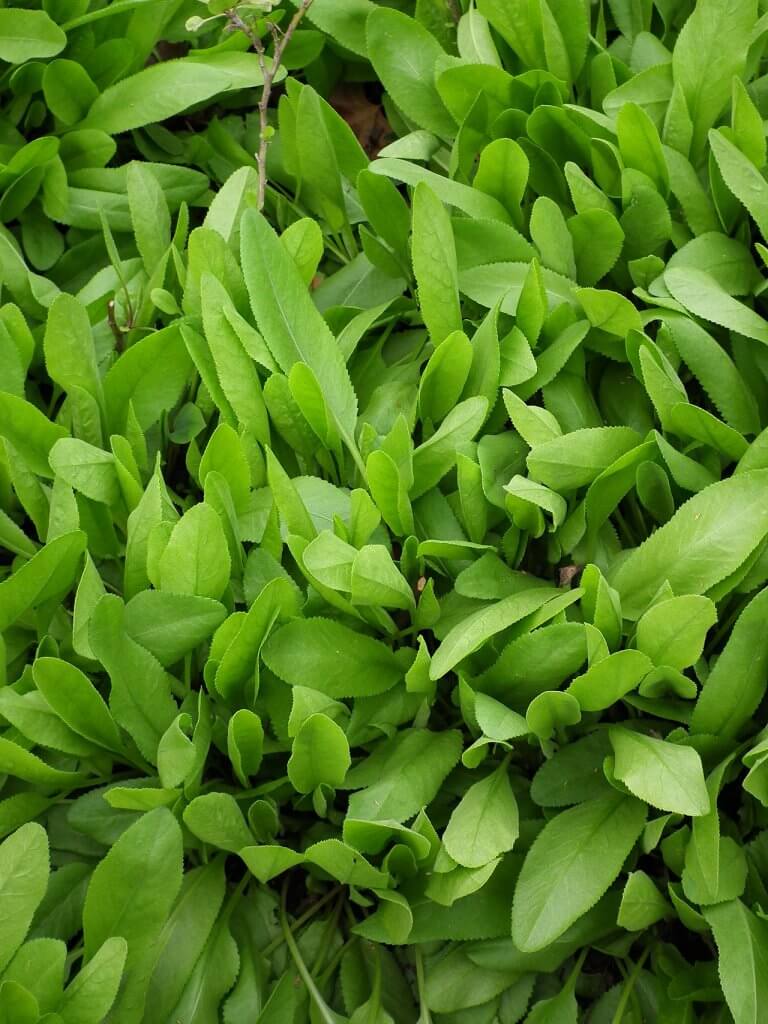Costmary (Tanacetum balsamita), otherwise known as alecost, balsam herb or bible leaf, is a perennial herb. It was once native to large areas of Europe (particularly the Mediterranean), and Western Asia. However you will now find it growing wild in many areas worldwide. In North America you will commonly see it as a roadside weed. In England you will often find it growing in old herb gardens and the grounds of large estates and manor houses.
The plant has softly serrated, oval leaves and loose clusters of tiny button like, yellow flowers, not too dissimilar from daisies. It will normally reach a height of about 80cm. It would be perfect to plant at the back of a herb garden or border due to its height. The plant has a delicate balsamic scent, with the leaves having a slight minty and lemony taste.

Cultivation and History of Costmary

Costmary was once widely cultivated for culinary and medicinal uses throughout Europe in the 16th century. However it has now been over taken by more popular herbs like mint. You may however still find it being used within recipes and dishes in Southwest Asia.
It is a particularly hardy herb, that will tolerate dry summers and bitter winters. It will however thrive in well drained soil and partial shade, although full sun will encourage flowering. During a hot summer, you may need to water from time to time.
Costmary can easily be grown from divisions or found at a local garden center. It is notoriously hard to grow from seed, so buying or sharing an established plant is easier. Pull the rhizomes apart by hand or use a trowel or shovel.
Toxicity
The leaves of costmary are perfectly edible, however trace amounts of the toxin ‘ketone’ have been found. In small volumes eating the leaves is harmless. However pregnant, breast feeding or vulnerable individuals should avoid using costmary as a herbal remedy.
Uses
Culinary uses of Costmary
You can add the sweet tasting leaves into soups and salads, or even as a garnish within cold drinks. Vegetables, stews and particularly red meats also pair well with the slightly bitter and aromatic taste of costmary. The leaves were once used to create beers and ales before hops became more popular. It is best to harvest the leaves before the plants blooms, to ensure the best flavor. You can also dry the leaves to make your own herbal tea, with delicate minty aromas.

Medicinal uses of Costmary
Costmary was once widely used within herbal ointments and remedies between the 16th and 19th century across Europe. Poultices were made using the leaves and were applied to insect bites, bruising and small wounds. Some people claim costmary can aid the digestive system and also relieve menstruation pains. Today it is considered an old fashioned herb, and many modern herbalists choose more effective herbs.
It is also believed that planting costmary around an animals pen may reduce the number of fleas. Although there is a lack of research to fully support this.
Did you know…
Costmary was once used as a page marker in bibles and religious texts, hence its nickname ‘bible leaf’.
Conclusion
Costmary was a popular plant in Elizabethan knot gardens due to its fragrance and medicinal value. Its bright green, delicate leaves and tiny flower clusters provide an attractive structure. Plant it behind oregano, sage or thyme to complement its bright foliage. Add the leaves into cold glasses of lemonade or cocktails for a fresh twist on the usual mint leaves. Or try chopping them and adding into a salad for a balsamic and delicate minty flavor. The leaves hold their flavor and taste when dried. This makes them perfect for potpourris or drying and storing the leaves to use throughout the year.
—————Written by Hannah Sweet
Hannah is a freelance writer and graphic designer from the UK. With a penchant for travelling, photography and all things botanical, she enjoys writing about a wealth of topics and issues, from conservation and slow living, to design and travel. Learn more about her writing and design services at www.sweetmeanders.co
Many of our readers find that subscribing to Eat The Planet is the best way to make sure they don't miss any of our valuable information about wild edibles.
See our privacy policy for more information about ads on this site






